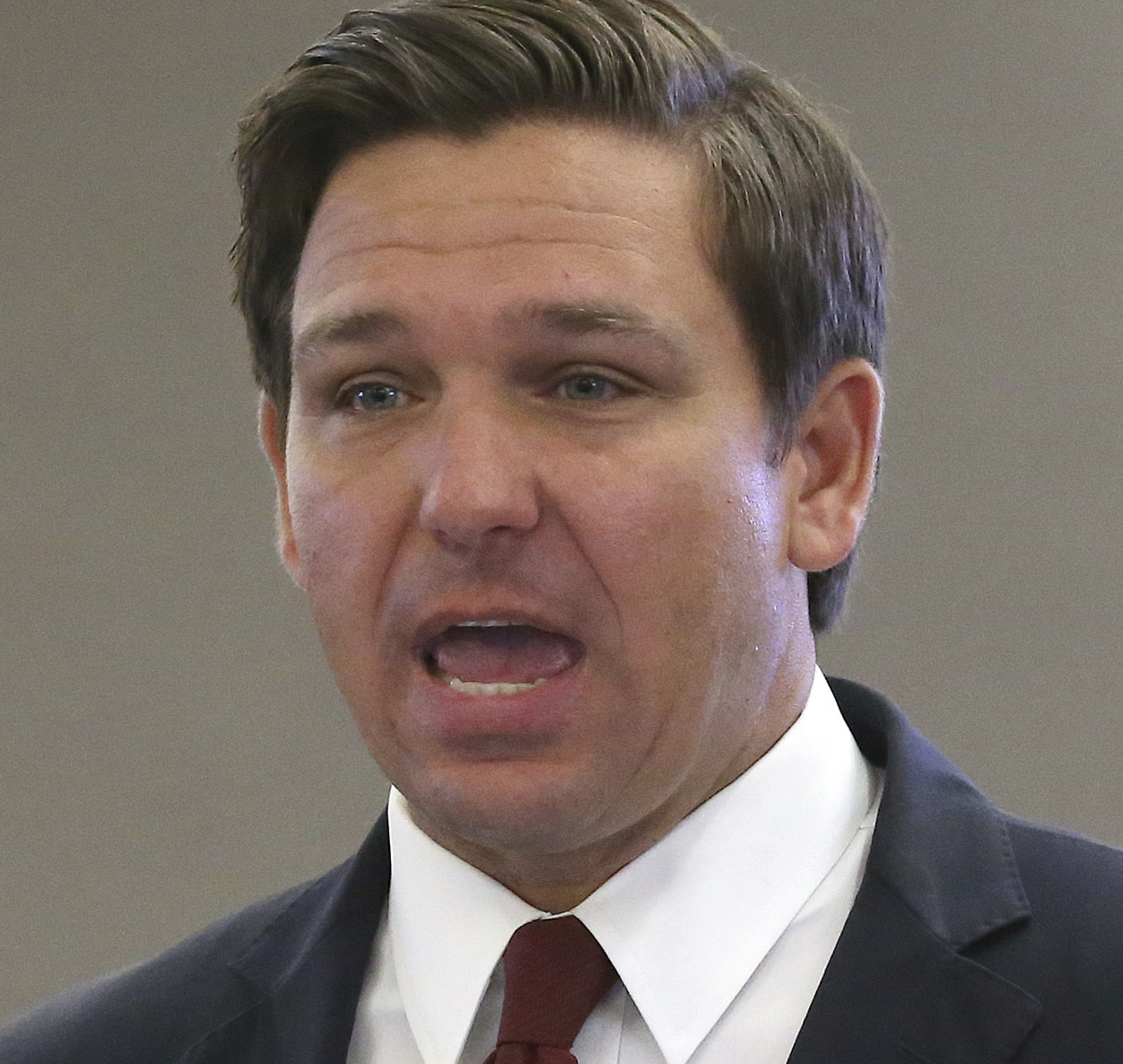Diversify Florida's economy
Ron DeSantis
"Support Efforts to Diversify our Economy. As Governor, Ron DeSantis is committed to bring higher-paying jobs to Florida and diversifying our economy is the key. We must continue to grow traditional sectors of tourism, construction and agriculture, while building opportunity in other business sectors. Financial services, biomedical research, and aerospace industries bring many high paying jobs and spur local economic growth. As Governor, Ron DeSantis will focus on efforts that create a Florida business environment where companies want to move and grow."
DeSant-O-Meter

Promise Kept